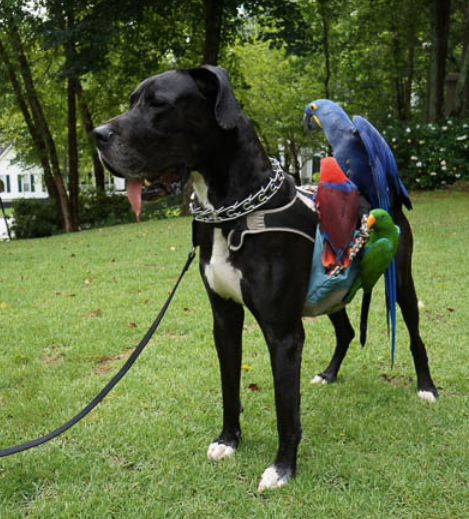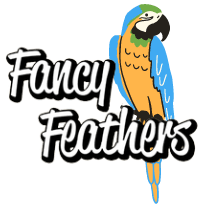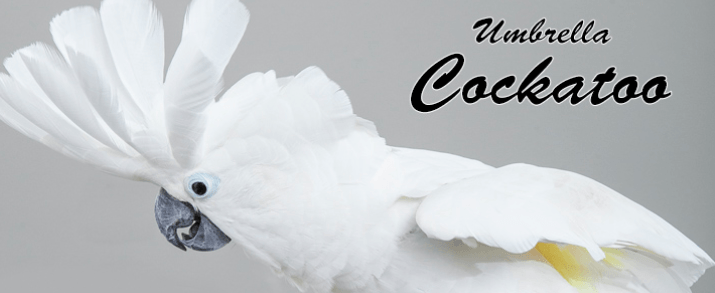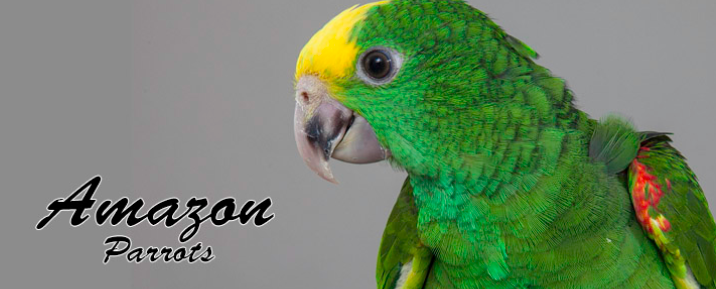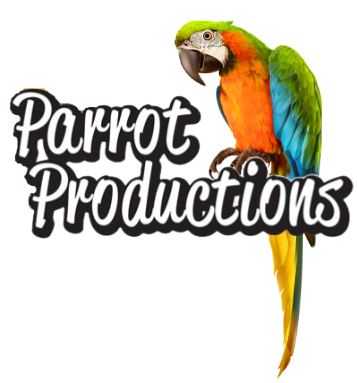
Our Birds
OUR SUPPORTING CREW:
Albert is a Great Dane dog. He is our gentle giant – born, not hatched of course, in December 2009. There is nothing Albert enjoys more than shining at a production
Albert the dog allows the birds to ride upon a homemade saddle on his back. He heels and will carry the flapping birds through a crowd of people.
“Albert” was Lucy’s (the female Eclectus parrot) first word. They are often nose-to- beak while I drink my morning coffee on the lanai with Lucy on my knee and Albert will lie down next to the chair. Albert is always ready to don the saddle and stands so strong and confident, he knows he is important!
WE HOPE WE WILL SEE YOU SOON AT A SHOW!
